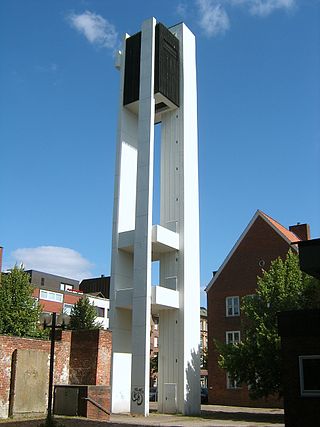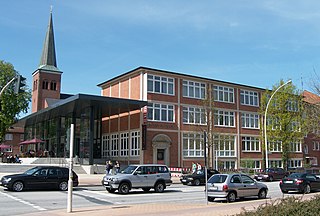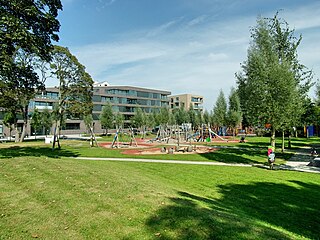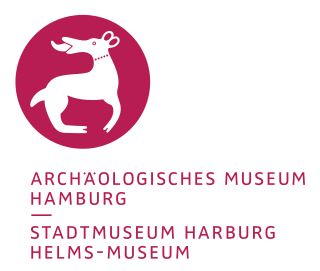Self-guided Sightseeing Tour #13 in Hamburg, Germany
Legend
Guided Free Walking Tours
Book free guided walking tours in Hamburg.
Guided Sightseeing Tours
Book guided sightseeing tours and activities in Hamburg.
Tour Facts
1.9 km
11 m
Experience Hamburg in Germany in a whole new way with our free self-guided sightseeing tour. This site not only offers you practical information and insider tips, but also a rich variety of activities and sights you shouldn't miss. Whether you love art and culture, want to explore historical sites or simply want to experience the vibrant atmosphere of a lively city - you'll find everything you need for your personal adventure here.
Activities in HamburgIndividual Sights in HamburgSight 1: Gebrüder-Cohen-Park
Gebrüder-Cohen-Park is a park in the Harburg district of Hamburg, Germany. It is named after Albert and Louis Cohen. The park was planned by the architectural firm Hager Landschaftsarchitekten. The park is located on Harburg's castle island.
Sight 3: Dreifaltigkeitskirche

The Holy Trinity Church in Harburg at Neue Straße 44 is an Evangelical Lutheran church.
Sight 4: Hamburg Archaeological Museum
The Archäologisches Museum Hamburg is an archaeological museum in the Harburg borough of Hamburg, Germany. It houses the archaeological finds of the city of Hamburg and the neighbouring counties to the south of the city. It focuses on northern German prehistory and early history as well as the history of the former city of Harburg. The museum is also home to the cultural heritage landmarks commission of the city of Hamburg and the adjacent district of Harburg in Lower-Saxony and thus supervises all archaeological undertakings in the region.
Sight 5: Harburger Theater

Harburger Theater is a theatre in Hamburg, Germany. It showcases classic plays, comedies, modern pieces and musicals. The theater hall is located in the main building of the Hamburg Archaeological Museum and the Museumplatz in Harsburg. The head of the theater is Axel Schneider, who also heads the Altona Theater and the Hamburger Kammerspiele. He has been with the Harburger Theater since 2003.
Share
How likely are you to recommend us?
Disclaimer Please be aware of your surroundings and do not enter private property. We are not liable for any damages that occur during the tours.
GPX-Download For navigation apps and GPS devices you can download the tour as a GPX file.

